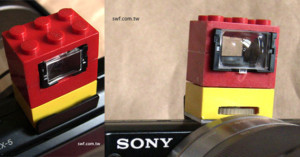
DIY Viewfinder Created with LEGO Bricks and Spare Parts
This DIY viewfinder was created using LEGO bricks and components from a …

This DIY viewfinder was created using LEGO bricks and components from a …
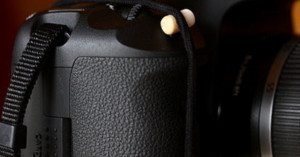
Need to hold down the shutter release for extended periods of time, but don’t want to shell out money …
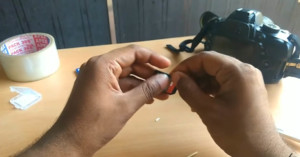
Here’s a clever trick to keep in mind if you use SD cards for your photography: if the locking …

You’ve probably seen the special keyboard covers for Mac keyboards that show you the Photoshop shortcut each key is …
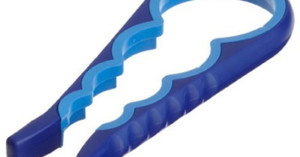
Here’s a quick photo related life hack: if you have a lens filter that just won’t come …
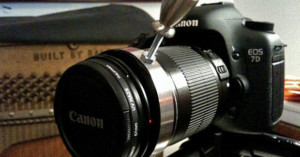
Want more precision in your focus adjustments when shooting video with your DSLR, but don't want to shell out money for a pricey follow focus? Flickr user Adam Lisagor shot this photo showing how he created his own DIY follow focus for $6. All you need is a steel hose clamp, drawer handle, nut, and bolt. Drill a hole through the clamp, and put it together as shown above.
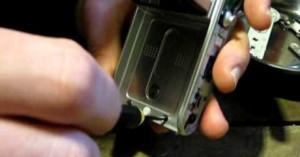
This neat DIY video shows how you can convert an ordinary digital camera into a night vision camera. The …
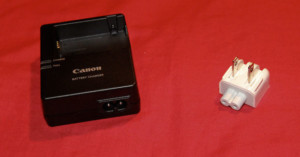
Some battery chargers (e.g. those that come with Canon's pro and prosumer cameras) plug directly into the wall and have prongs that fold into the charger, while others (e.g. the Canon T2i charger) connect to the wall via a removable cable. Though this may be more space efficient when connecting to a socket or surge protector, the extra chord takes up space and can be a hassle. CheesyCam has a clever solution: use an Apple wall plug duck head adapter to transform the charger into a wall charger.
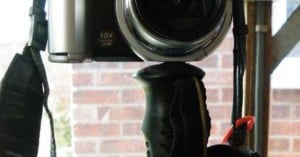
My boys have started getting into photography, but often have trouble keeping the camera still enough for really clear shots.
The obvious solution is to buy a mono-pod, but why buy when you can make, especially when you have Sugru?
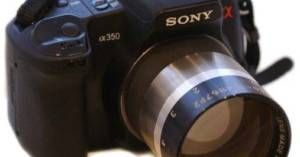
The ratio between the focal length and the aperture (diameter) of a lens is called the f/number. The smaller the f/number, the more light is let in. Fast lenses start around f/2.0, and the light let in goes as the inverse square. Compared to f/2.0, f /1.4 lets in twice as much light, f/1.0 four times, and f/0.71 eight times. The fastest camera lenses designed for DSLRs and widely available are between f/1.4 and f/1.2, but lenses as fast as f/0.75 have been made in quantity for special applications, and some of those are available quite cheaply via scrap yards, surplus stores, or eBay.
These ultra-fast lenses usually are branded either Kowa or Rodenstock and were designed for use in medical or semiconductor industry equipment, etc. They are not well-suited for use on DSLR cameras, and are no substitute for an f/1.4 or f/1.2 lens that was designed for your camera. However, they easily can produce very distinctive images. Here's how to use one on a DSLR.
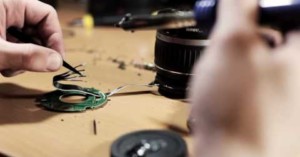
This is one of the most intense do-it-yourself videos I’ve seen, showing how to hack a Canon 18-55mm kit …
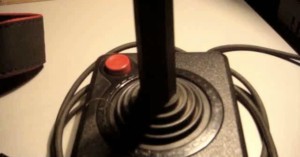
Self-described creative technologist Thiago Avancini hacked this Atari 2600 joystick into a shutter release cable -- complete with an autofocus control for his Canon T2i. The controller is considerably larger than the average cable release or remote control, but it's a pretty nifty.
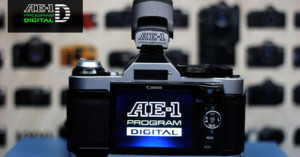
Ken Rockwell posted some links to photos of a Canon AE-1 Program Digital a couple days ago, and photo-enthusiasts around the web have been discussing whether or not it's a real camera.
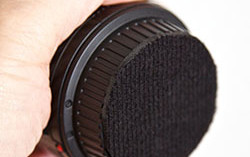
If you have multiple lenses and not enough space in your camera bag, carrying an extra lens might require you …
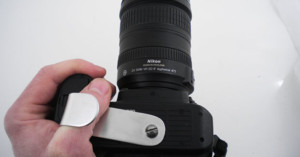
If you can’t shoot right-handed, or need to shoot left-handed for some reason (i.e. demonstrating something in a photo …
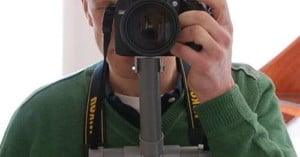
When Instructables member bertus52x11 had his cast removed after breaking his arm, he …
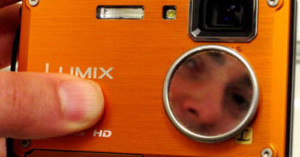
When I’ve needed to take quick self portraits with my DSLR, one of the tricks I’ve discovered is to …